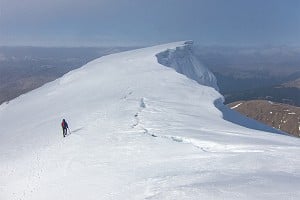
In this article top British aid climber, alpinist and climbing funny man Andy Kirkpatrick shares with us his top ten tips for hauling your ass, and your bags, up El Capitan in Yosemite, USA. El Capitan is one of the most famous granite big walls in the world and is a favourite target for many climbers first (and only!) big wall. Read on to find some helpful hints on how to enjoy and how to succeed on your first trip up The Captain.
Ten Tips for Climbing El Cap
I had a tweet the other day from someone asking: "Going to Yosemite on Thursday for the first time. Any advice for a first timer?". I get a lot of people asking this question, in fact once you've climbed El Cap once you tend to become an expert, and after over a dozen times, you become a world expert. Anyway I thought I'd post a reply here, seeing as it's over 140 characters.
1. When Things Get Tough and You Want To Go Down, Don't
Jon Barton once asked me for advice on climbing El Cap, when he went out to climb the Nose with Robin Barker. They were both experienced climbers, and both incredibly strong and able, so there wasn't that much I could tell them. All I said was "When things get tough, and you want to go down, don't" and that was it. A few weeks later Jon came into work, and I asked him how he'd got on. "We bailed" he replied. When I asked what had happened he just said "We started, it started to rain, we wanted to go down and we did". By the time they'd reached the ground the rain had stopped. If they'd just waited they'd have topped out.
2. Maintain Low Expectations and You'll Not Be Disappointed
A large number of people who fail to climb a route like the Nose do so because they imagine they'll free climb most of it like Tommy Caldwell or knock it off in a long day like Hans Florine. In reality, under the hot Californian sun, on slippery and unfamiliar rock, with a ton of gear on your harness and a throat as parched as a dead dingo's todger, you'll be lucky if you can climb 5.4 and get to the top in less than a week. Begin with low expectations, and plan accordingly, such as 'I'll aid anything I can't free climb with my hands in my pockets' and 'If the guide book says 3 days we'll take enough for 6'. Having this approach may be hard on the ego, but it massively increases your chances of success, and will see you beat much stronger teams, who will wither in the face of reality.
3. Think Like An Amateur and Act Like A Pro
Just because you're starting out with low expectations doesn't mean you should live up to them. In everything you do, you should aim to be as professional as possible. This means having all the right tools for the job, knowing how to use them, and using them to your best ability. Add to this the collection of all beta possible, knowing all the systems by heart, and understanding your team mate's strengths and weaknesses. Very often climbers fail because although they are very strong climbers, their knowledge of big wall systems (aiding, jumaring and hauling) is very poor. On the opposite side of things, someone who climbs at a low level (say Severe) will have a higher chance of success if they understand and can implement systems well.
4. Hard Work Kills Horses
When I trained Rich Heap and Neil Bentley to climb El Cap I had them haul a haul bag up the Furnace wall at the Foundry, a bag full of water, plus me clipped on top. It took both of them to move the bag, using 'space hauling' (one person hauls, while the other acts as a counter weight). The hauling was exhausting, and when we'd finished Neil asked if it would be that hard on El Cap, and I told him "no - it'll be much harder" - and it was. Don't confuse climbing with big wall climbing, as even when you're freeing routes, you still have to haul up a ton of water, food, portaledges etc. If you go with a strong work ethic, then you won't be disappointed.
5. Think Of El Cap As You Would the Grandes Jorasses in Winter
Now I've been in storms that have ripped roofs of houses and washed bridges away, suffered snow fall that buried huts and crushed tents, but I have never been anywhere quite so exposed as El Cap. 99% of the time your biggest problem will be dealing with heat, but when a winter storm hits you really are in a terrible position, and will be unable to go up or down. In this situation survival will depend on your preparation for such an ordeal, with the severity of such coming down to said preparation. Many of the fatalities on El Cap have been caused or influenced by environmental factors, ranging from death during retreats in storms, to death by hypothermia or mistakes caused by it (when you become hypothermic you can no longer use carabiners, open haul bags, or do anything). And so when you climb El Cap, not matter what the weather, you should have the same kit you'd have as if you were attempting the Jorasses in winter. This means you should have the following:
- A full shell (jacket and trousers)
- Synthetic belay jacket
- Fleece top (fleece bottoms are also worth having)
- Warm gloves, hat, socks
- Synthetic Base layer (wearing cotton is not great in a winter storm)
6. "You Are What You Practice Most"
Many climbers who want to climb El Cap hit the cracks hard before they go, learn to tape their hands up, and borrow all their mates' cams. The problem with this approach - although good - is that as soon as they clip on their jumars and start climbing a rope, and get to a piece of gear that's under tension, they have no idea how to unclip it. In these situations they either waste time, do something dangerous, or both, and when this type of confusion through lack of skills takes place, the overall psych to continue will be reduced. If on the other hand the team had spent just a day training for jumaring, aiding and hauling down at the climbing wall, or at the crag, they could have encountered all the problems they would face, but in an environment in which they could learn from them. Ideally you need to have come up against, and learnt how to overcome, the primary log jams of any ascent.
7. "If it's hard you're doing it wrong"
Although big wall climbing is all about hard work and graft, if you find you are really straining at any part of it (apart from hauling!) then stop, as you're probably doing it wrong. On a big free route you need to harbor your strengths to allow you to perform. Being physical is all part of rock climbing, but on a big wall, which may take days and days, you need to focus more on skills, tactics, systems and technique to reduce your physical labour to a minimum, otherwise you'll simply run out of steam. This means often letting your gear take the strain rather than your arms, so using fifi hooks whenever possible is a good start. Just remember - if it feels hard, stop: See if you can make it easier.
8. Don't Rush the Greatest Climb of Your Life
Climbing a big wall is a serious business, but don't let that get you down, as doing so will see you fail. The trick is to maximize the good stuff (chilling on bivys, laughing and joking) so as to offset the hard stuff that's unavoidable (everything else). To do this try and take some luxuries (cans of coke are my favorite), some good music (local radio stations like 'The Hawk' are also great for big wall psyche) and try and stick to a 9-5 routine, so you've got plenty of 'bonding' time with the Captain. Having this approach will make you have a better time and better memories, changing it from a category 2 experience (hate it at the time, but look back at with with good memories) to a category 1 (good on the climb, and great memories afterwards). Better still when you relax you depressurise from the experience, and problems will be reduced and psych levels restored.
9. "Any Water in the Desert Will Do"
Perhaps the two biggest mistakes climbers make when climbing El cap is taking either too much or too little water. Let me explain. On El Cap the greatest water consumption is on the first day, as it's at the base of the wall where the temperatures are the highest (the talus holds heat, plus the altitude is 1000 metres lower than the summit). This means that many climbers will consume a lot of water on the first day, then calculate that they won't have enough, and then bail. The opposite is when not enough water is carried, and you drink too much on the first day, and again you decide to bail. My advice is to take more water on the first full day (4 litres), then 3 litres for the following 3 days, then 2 litres beyond that.
10. Don't Die a Stupid Death
There are plenty of ways to die on El Cap, most of them totally avoidable with good training, sound understanding of your equipment, a paranoid attitude, and forethought. Most accidents I've seen are from climbers falling on easy ground, with loose rock, tiredness, and the extra strain of a heavy rack, making falls on stuff you'd solo up being all to common. Until you've got several ascents under your belt don't try and be a hero, don't take your first ascent casually. Here a few tips to keep you alive:
- Try and start in the light and finish before it gets dark. This will reduce the chances of tiredness leading to errors.
- If you're forced to back-clean, try and avoid hanging from a single piece. Aim to be hanging from one piece (A), with one clipped below (B). Once you place the next piece (C), move onto it, clip the rope into A and take out B. This way you always have 2 pieces in. Try and imagine it as a moving belay (most of the time you will have A,B and C pieces in), rather than a single time bomb piece.
- When jumaring you must always follow 'the two point rule' meaning you're always safely attached to 2 points at all times. When you remove a jumar, you must still be attached by two points, which is usually done by using your GriGri as a running knot (you leave it on the rope after you've been belaying the leader). This means when you unclip your top jumar, you will still be attached to one jumar and your GriGri. Being tied to the end of the rope doesn't count, as a full length fall if both jumars pop, could kill you.
- Lastly one tip that seems minor, is when attaching 2 ropes together when fixing pitches (very common on the Nose). When joining your ropes (via a figure of eight, or reef knot finished off with double fishermans) either make sure you keep the tails short (using fishermans knots) or tie figure of eights into the tail. This may seem like a very simple tip, but in the dark, with a tired mind, it's easy for someone, when passing the knot, to attach their belay device to the tail, and rap off the end. As you can see this is a tiny little detail in the great scheme of things on a big wall, but that's the point: on a big wall it's always the little things that cause the most trouble.
 Andy has a new book out called '1000 Climbing Tips'
Andy has a new book out called '1000 Climbing Tips'
A contents of a climbers brain
1000 Tips For Climbers is aimed at anyone who hangs off stuff, or just hangs around in the mountains. It's not an instruction book, but more a massive collection of all those little tips that make a real difference.
1000 Tips For Climbers is aimed at anyone who hangs off stuff, or just hangs around in the mountains. It's not an instruction book, but more a massive collection of all those little tips that make a real difference.
These tips are based on thirty years of climbing obsession, as well as nineteen ascents of El Cap (3 solo ascents and one days ascent), Alpine North Faces, icecaps, scary climbs and expeditions.
For a more extreme taste of this book, imagine an alien came down to earth, stuck a straw in a climber's head, one who'd been climbing for about thirty years, and proceeded to suck out their brain; then transmogrified all that it contained in to a 57,000 word book of climbing tips.
-
More Info on Andy Kirkpatrick's Website
-
Buy it on Amazon Kindle | Apple iBooks
- ARTICLE: Andy Kirkpatrick on Alpine Style Cooking 9 Dec, 2015
- 10 Tips on Staying Warm in Winter by Andy Kirkpatrick 15 Dec, 2014
- PHOTOGRAPHY: Bum Shots & Shaky Vids 15 Sep, 2014
- The Nose: How to Climb El Cap's Most Famous Route 21 Jul, 2014
- GUEST EDITORIAL: Everest - Sucking on the barrel 3 Jun, 2012
- REVIEW: Fiva - An Adventure That Went Wrong 24 Apr, 2012
- Andy Kirkpatrick - Exclusive excerpt from Cold Wars 16 Sep, 2011
- Making The Jump From Scottish III and IV to V and VI 30 Dec, 2010
- How To Hone Your Alpine Psyche 27 Nov, 2009
- Doctor Gear IV: Best Glove system? 8 Mar, 2009

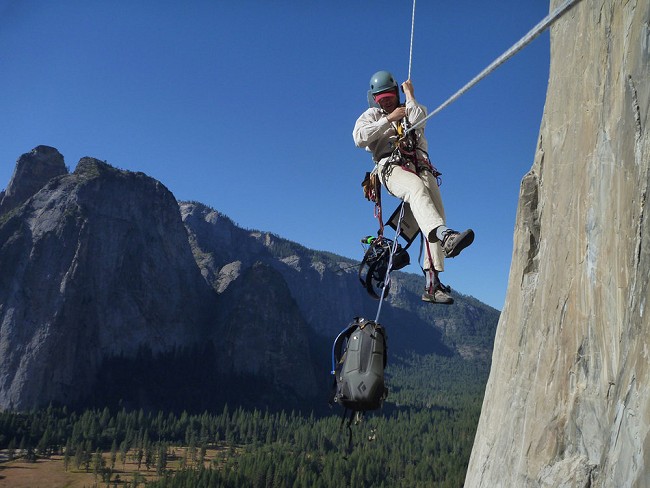
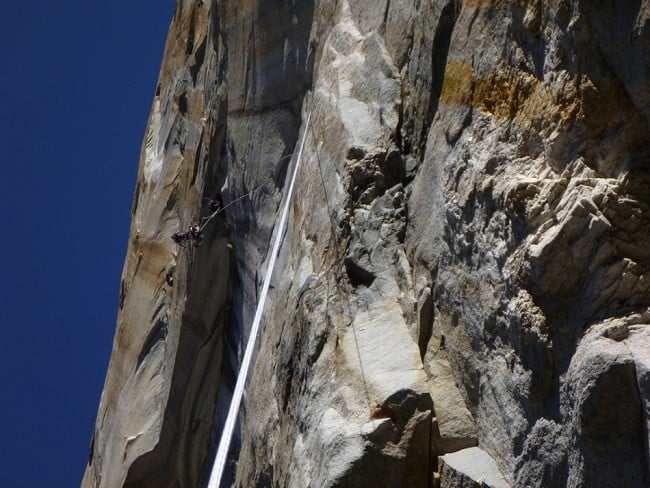
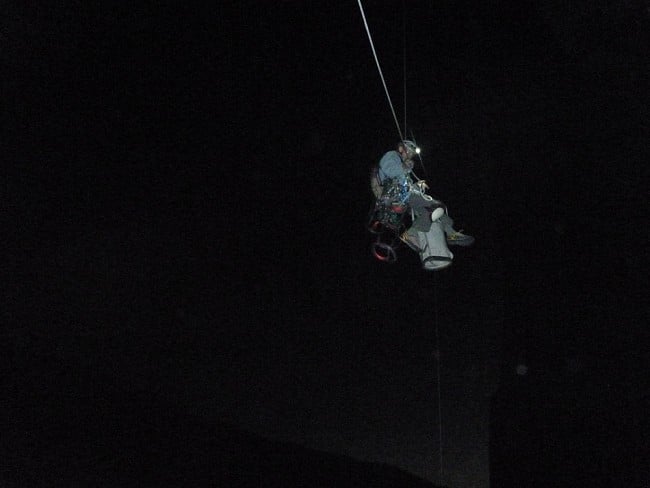
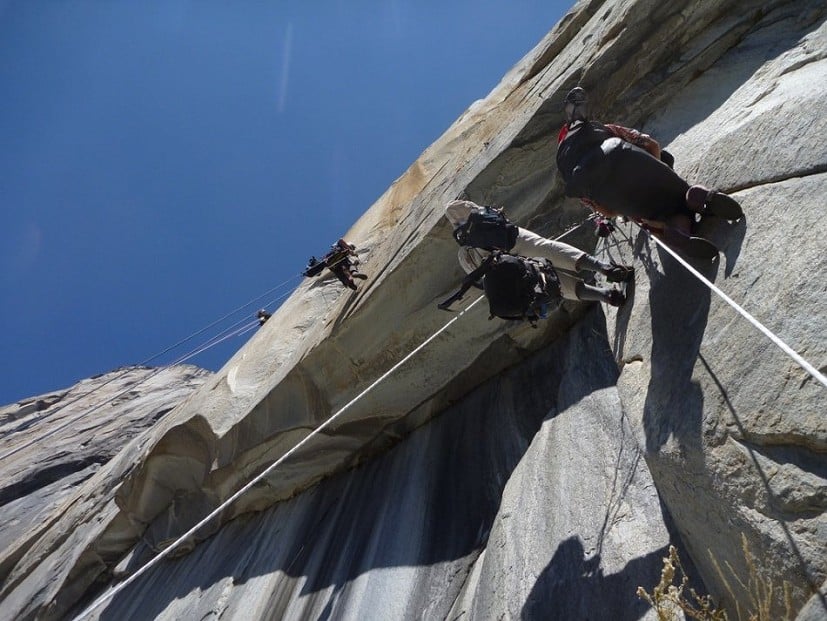
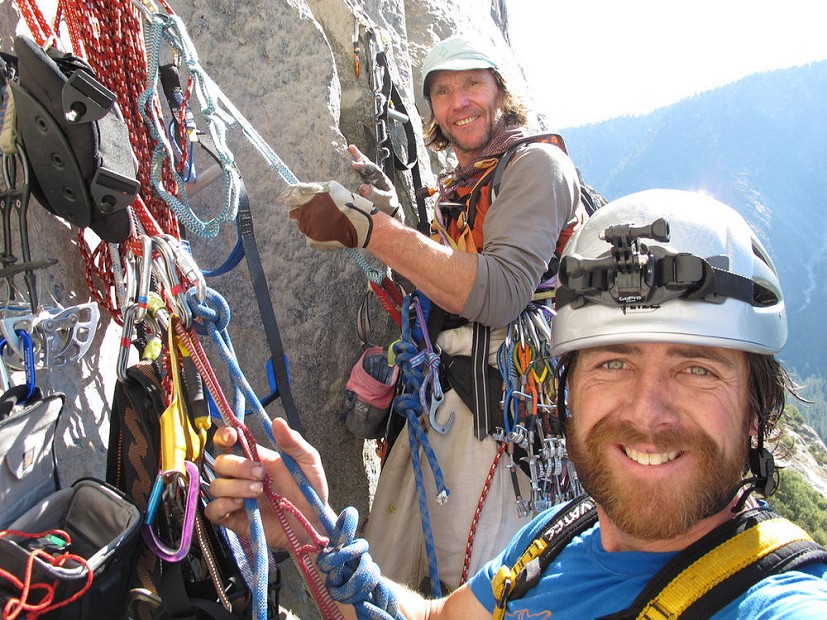
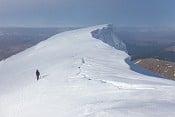



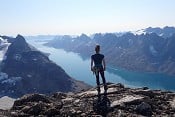








Comments